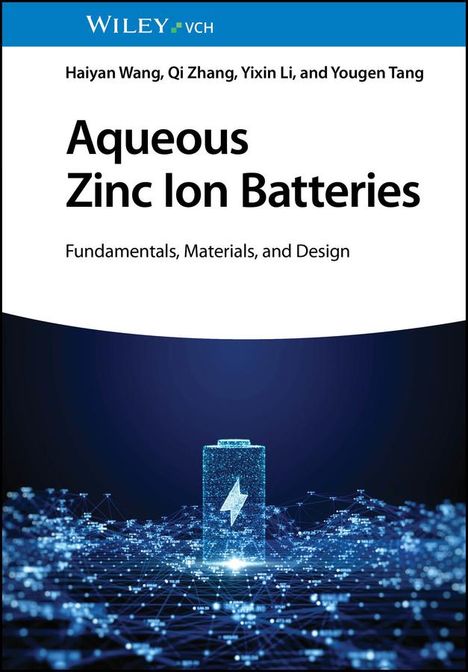Haiyan Wang: Aqueous Zinc Ion Batteries, Fester Einband
Aqueous Zinc Ion Batteries
Buch
Derzeit nicht erhältlich.
Lassen Sie sich über unseren eCourier benachrichtigen, falls das Produkt bestellt werden kann.
Lassen Sie sich über unseren eCourier benachrichtigen, falls das Produkt bestellt werden kann.
- Verlag:
- Wiley-VCH GmbH, 04/2024
- Einband:
- Fester Einband
- ISBN-13:
- 9783527349746
- Gewicht:
- 798 g
- Maße:
- 245 x 170 mm
- Stärke:
- 21 mm
- Erscheinungstermin:
- 24.4.2024
Ähnliche Artikel
Anil K Gupta, Vijay Govindarajan, Haiyan Wang
The Quest for Global Dominance
Buch
Aktueller Preis: EUR 32,90
Haiyan Wang, Feng Wang, Kuai Xu
Modeling Information Diffusion in Online Social Networks with Partial Differential Equations
Buch
Aktueller Preis: EUR 69,33
Anil K Gupta, Girija Pande, Haiyan Wang
The Silk Road Rediscovered
Buch
Aktueller Preis: EUR 32,40
Klappentext
This book comprehensively reviews latest advances in aqueous zinc ion batteries and clarifies the relationships between issues and solutions for the sustainable design of aqueous zinc ion batteries.




